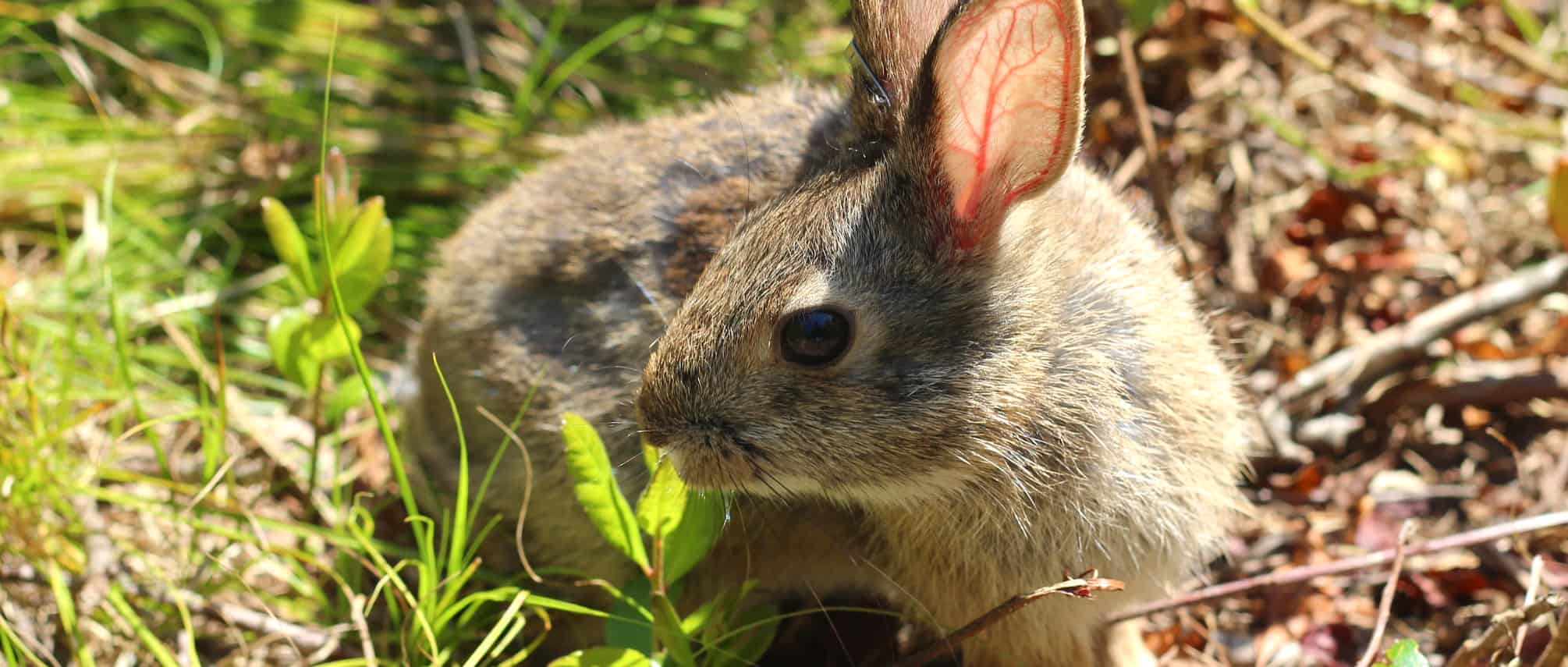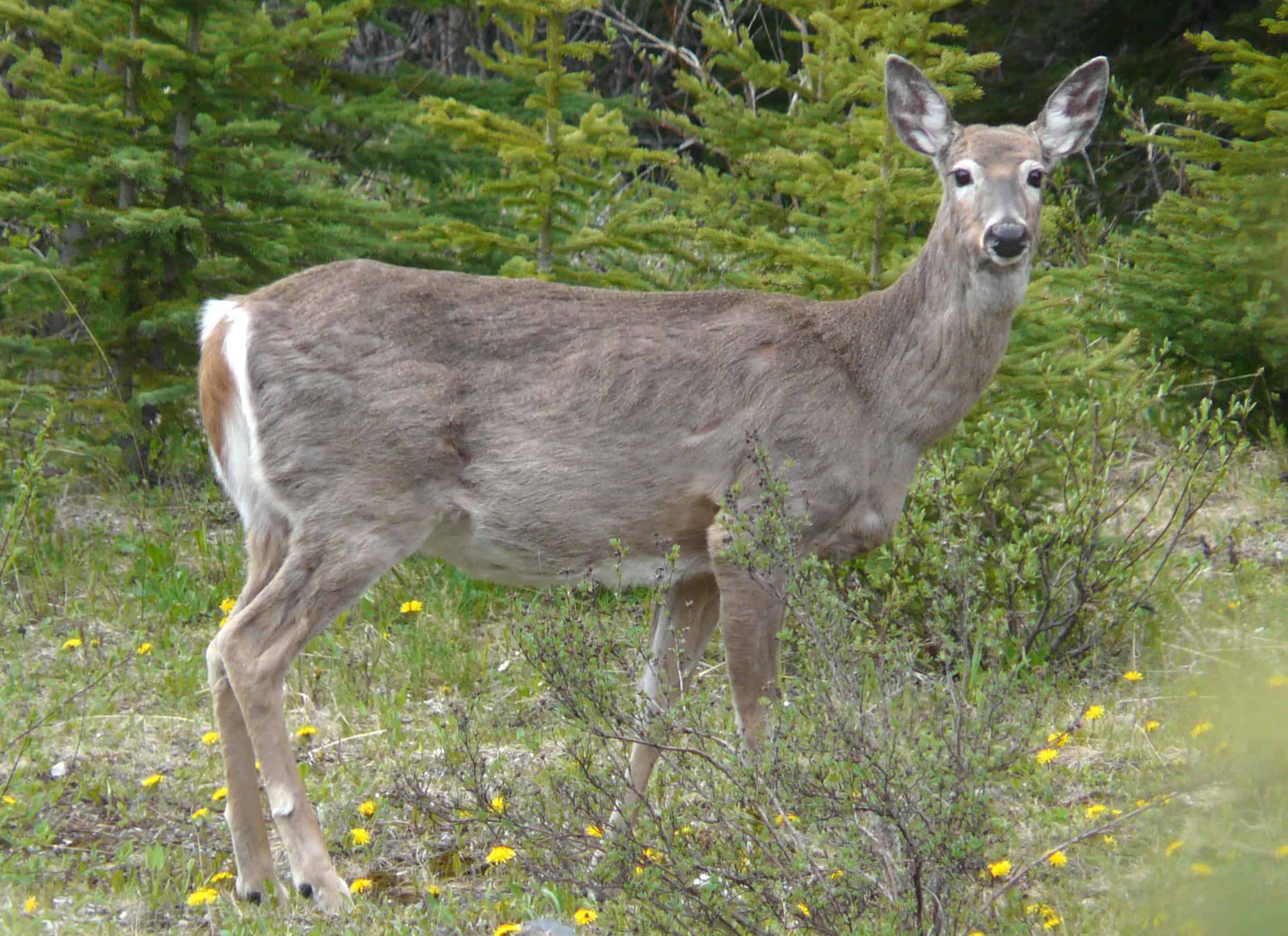Share this article
FWS Determines Listing New England Cottontail Not Warranted
A 12-month finding by the U.S. Fish and Wildlife Service (FWS) determined that listing the New England cottontail (Sylvilagus transitionalis) under the Endangered Species Act is not warranted. Secretary of the Interior Sally Jewell made the announcement, citing the success and continued coordinated efforts by federal, state, nonprofit, and private partners to protect the rabbit and conserve habitat throughout the species’ range as reasons to preclude the listing.
Similar in appearance to its more ubiquitous cousin the eastern cottontail (Sylvilagus floridanus), the New England cottontail is the only rabbit native to New England. A habitat-specialist, the New England cottontail relies on young forests and shrublands to provide the dense thickets it needs to find food and take cover from predators.
Once ranging throughout all of New England, maturation of forests and loss of habitat to human development has shrunk the range of the rabbit by over 80% since 1960 and eliminated its presence in Vermont. In addition to losing habitat, competition with the introduced eastern cottontail has further impacted New England cottontails. In many parts of its historic range, the eastern cottontail has completely replaced the species.
In response to dwindling numbers and loss of habitat, state and federal biologists from New York, Connecticut, Rhode Island, Massachusetts, New Hampshire, Maine, FWS, the Wildlife Management Institute, and the USDA-Natural Resources Conservation Service (NRCS) developed and implemented the Conservation Strategy for the New England Cottontail.
The strategy involves multiple tactics to protect and restore young forest and shrubland habitat for the cottontail. Through the Working Lands for Wildlife program, the NRCS entered into agreements with private landowners to implement beneficial habitat management practices such as constructing brush piles to increase cover for rabbits. Captive breeding has also been utilized through the strategy; currently more than 130 cottontails have been born and raised in captivity.
Conservationists have established more than 18,000 acres of young forests and aim for 27,000 acres by 2030. Biologists estimate that around 10,500 New England cottontails now live in priority focus areas specified in the plan, 75% of the 13,500 rabbit population goal set for 2030. Conservation efforts will continue as biologists monitor the effectiveness of current conservation strategies and make adjustments as needed.
Sources: U.S. Fish and Wildlife Service, E&E News, NewEnglandCottontail.org
Header Image: Image Credit: USDA








